1. Displacement of Pets and Livestock
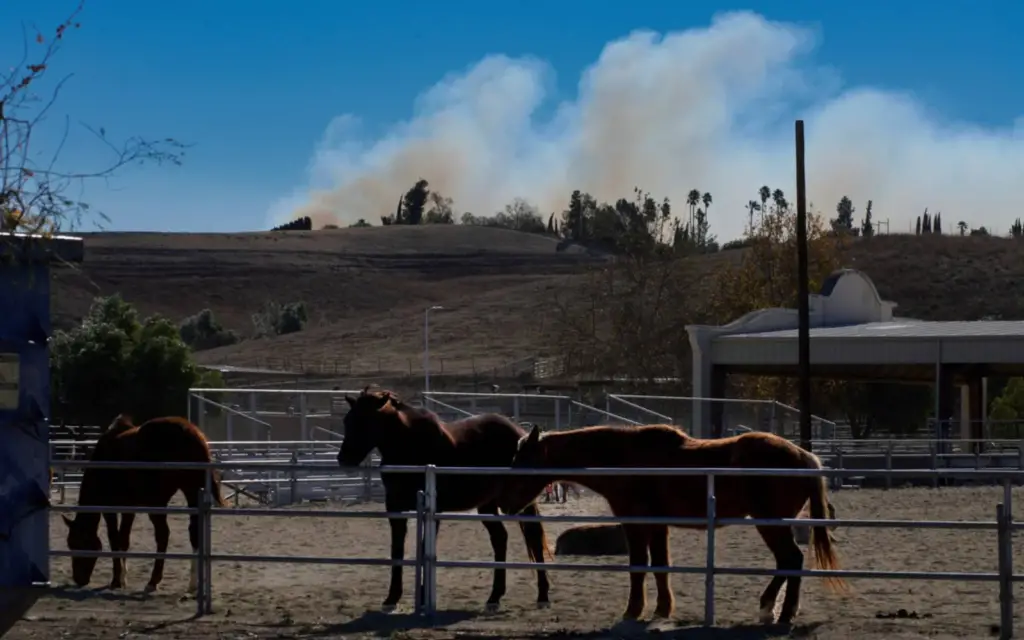
The wildfires have forced countless families to evacuate their homes, often with their pets in tow. Many evacuation centers, hotels, and community spaces have adapted to accommodate pets, offering services like pet supplies, crates, and even veterinary care. For those unable to bring their animals, temporary shelters have been set up specifically for pets and livestock. Horses, goats, and other large animals have been moved to fairgrounds and ranches acting as emergency shelters. The emotional bond between evacuees and their pets has become even more significant in these trying times.
In some cases, families have reported animals going missing during the chaos, and efforts to reunite them are ongoing. According to The Guardian, local social media groups and platforms have played a significant role in connecting pet owners with their lost animals. The challenges of moving and housing large numbers of animals underscore the importance of preparedness for such emergencies. Volunteers have stepped up to assist with transportation and care, ensuring animals are safe and well-fed. Meanwhile, donations of food, bedding, and supplies continue to pour in from compassionate individuals across the country.
2. Wildlife Rescue Efforts
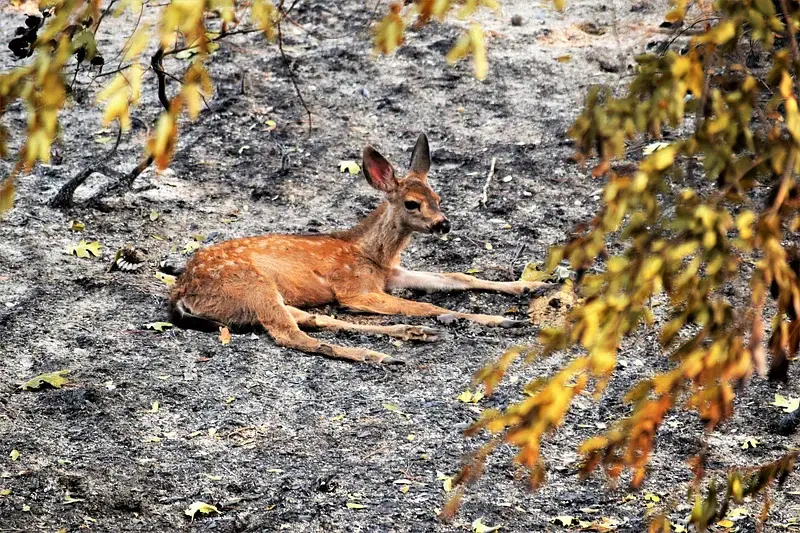
Wildlife in California faces incredible hardships due to the fires, with countless animals displaced, injured, or killed. Rescue organizations have ramped up their efforts to save and rehabilitate animals affected by the destruction. Birds, like hummingbirds, often face difficulty navigating through smoke-filled skies. According to Vanity Fair, this is leading rescuers like Terry Masear to expand her operations. Deer, foxes, and other mammals have been spotted wandering closer to human settlements in search of food and water. Local wildlife centers are overwhelmed with injured animals requiring immediate medical attention.
Burn wounds, respiratory issues, and dehydration are among the most common ailments treated by veterinarians and wildlife experts. In addition to medical care, rescuers are setting up feeding stations and water sources in safe areas for displaced wildlife. Tracking collars are also being used to monitor the movements of animals to better understand how they’re adapting to the changed landscape. The work of these organizations is vital not only for individual animals but for maintaining the balance of the ecosystem. However, limited resources and funding continue to pose challenges for these dedicated teams.
3. Threats to Endangered Species
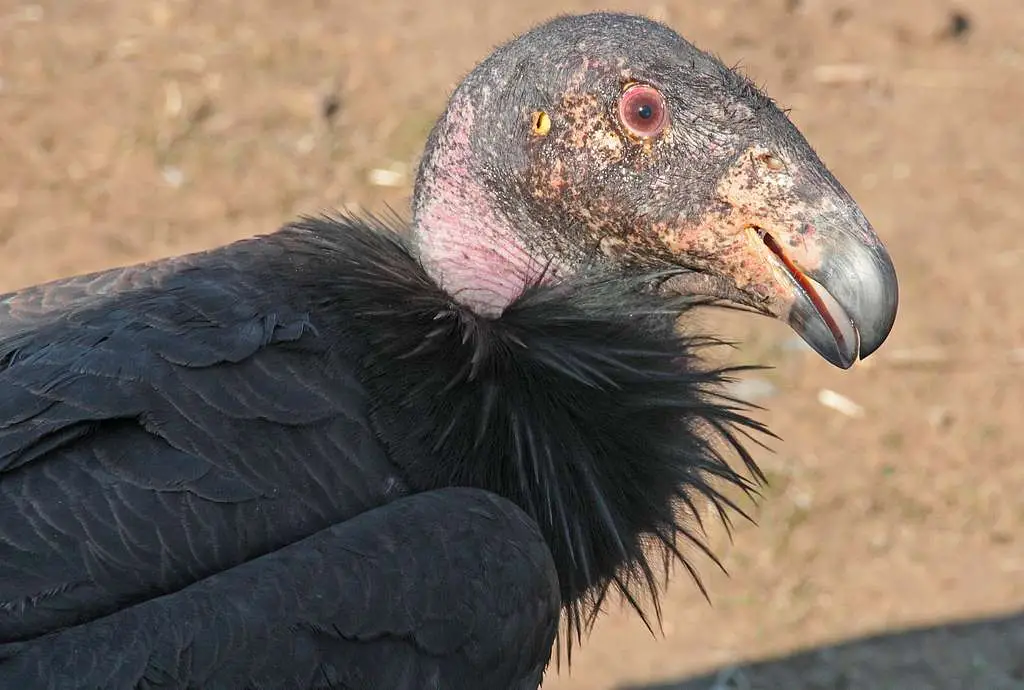
The fires have exacerbated the already precarious situation for California’s endangered species. According to the U.S. Fish and Wildlife Service, the California condor, with a wild population of only around 350 individuals, is particularly at risk. Much of their habitat overlaps with fire-prone areas, putting entire populations in jeopardy. Similarly, mountain lions and black bears have seen their territories reduced, forcing them into closer contact with humans. This increased proximity raises the potential for conflict, with animals often being euthanized as a result. Amphibians and fish, less visible victims of wildfires, suffer as fire debris contaminates water sources.
Scientists warn that habitat loss could have long-lasting effects on biodiversity in the state. Conservationists are calling for greater measures to protect critical habitats and develop fire-resistant ecosystems. In addition, they emphasize the need for better fire management strategies to mitigate risks to wildlife. Educational campaigns are being launched to increase awareness about endangered species and the steps communities can take to help. These efforts underline the interconnectedness of human and animal survival during such crises.
4. Overwhelmed Animal Shelters
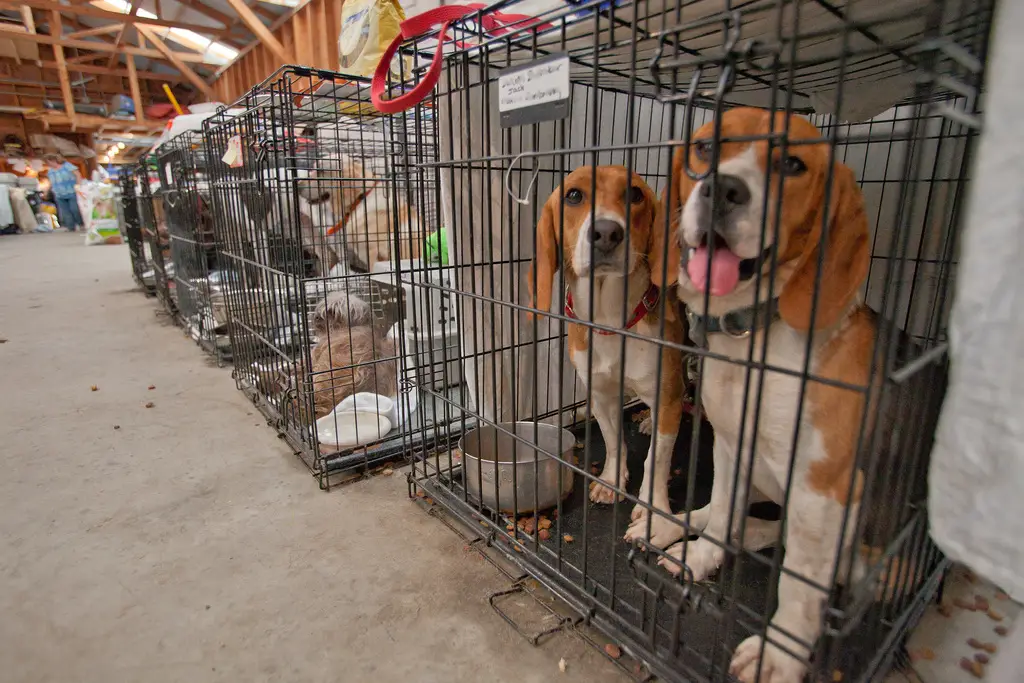
Animal shelters across California are struggling to cope with the surge of displaced pets and wildlife brought in due to the fires. According to the Los Angeles Times, shelters like the Pasadena Humane Society have taken in hundreds of animals, from cats and dogs to rabbits and reptiles. Many of these animals arrive injured, malnourished, or traumatized by the events. Shelter staff and volunteers are working tirelessly to provide medical care, food, and comfort to the animals in their care. To make space for the influx, shelters have issued urgent calls for foster homes and adoptions. The community response has been encouraging, with many stepping forward to open their homes.
However, the sheer volume of animals needing assistance has stretched resources thin. Donations of supplies such as food, bedding, and medication are vital to maintaining operations. In addition to domestic pets, some shelters are also assisting with small wildlife brought in by concerned residents. Partnerships with rescue organizations and veterinarians are proving invaluable in addressing the growing needs of these animals. Long-term planning and support will be necessary to ensure these shelters can continue their critical work.
5. Community and Volunteer Initiatives
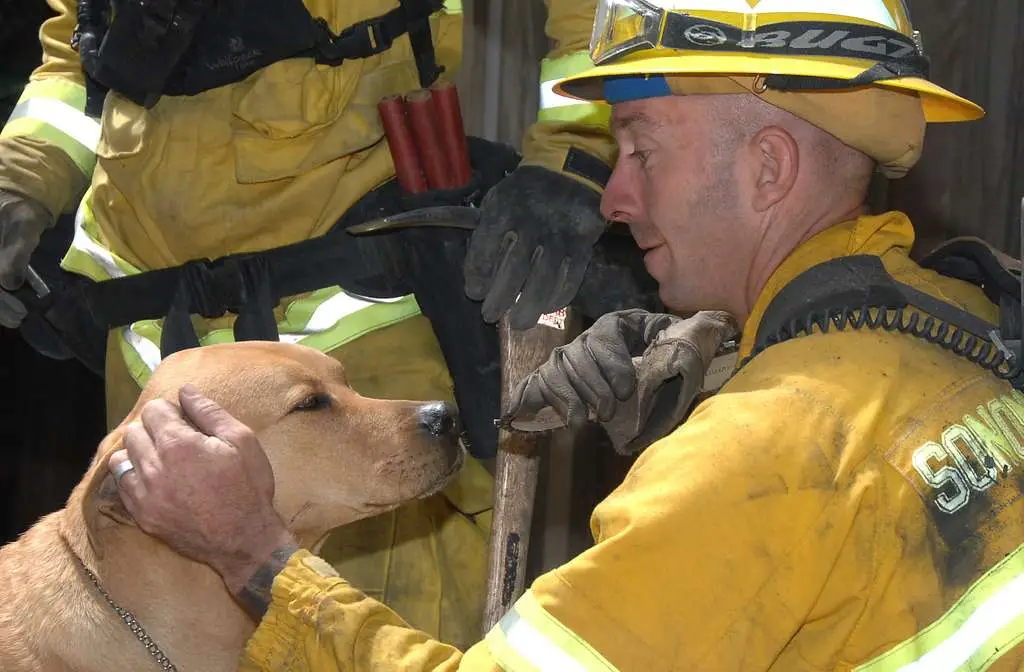
In the face of tragedy, community members and volunteers have emerged as heroes for animals affected by the fires. According to People, those like Jacob Deutsch have taken extraordinary measures to rescue and house animals in danger. Using his personal horse trailer, Deutsch has transported over 90 animals, including horses, donkeys, and goats, to safety. Similar stories of bravery and compassion are emerging from all corners of the state. Local businesses have pitched in by donating supplies, and community members have formed networks to coordinate rescues.
Social media platforms have become essential tools for matching lost pets with their owners and organizing relief efforts. Volunteers are also helping care for displaced livestock, assisting with feeding and grooming in temporary shelters. Beyond immediate rescue efforts, many are focusing on providing emotional support to families and pets alike. This grassroots mobilization highlights the power of community in responding to crises. With continued support and collaboration, these initiatives are making a significant difference in saving lives.
6. Long-Term Ecological Impacts
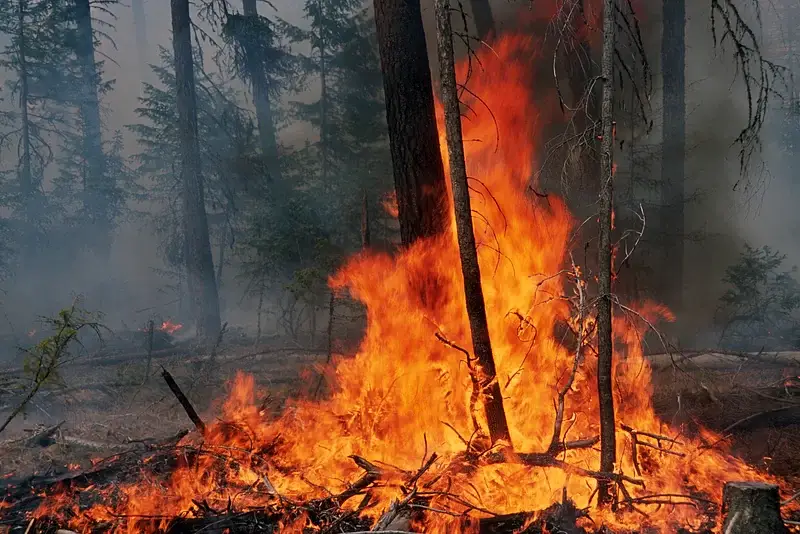
The wildfires have far-reaching consequences on California’s ecosystems, disrupting habitats and food chains. Forests, grasslands, and wetlands have been reduced to ash, leaving countless animals without shelter. Species that rely on specific habitats, such as mountain lions and bobcats, are forced to migrate to new areas, often clashing with human populations. The destruction of food sources, such as acorns for squirrels or nectar for pollinators, further threatens wildlife survival. In aquatic ecosystems, ash and debris runoff contaminate rivers and streams, harming fish and amphibians. These changes can lead to long-term shifts in the balance of predator and prey species.
Additionally, invasive plants, which thrive in post-fire environments, may outcompete native vegetation, further altering habitats. Conservationists warn that recovery efforts must prioritize rebuilding ecosystems in ways that support biodiversity. For instance, planting native species and creating wildlife corridors can help species reestablish. The fires are also spurring discussions about improving forest management practices to reduce the likelihood of such extensive damage in the future. Scientists emphasize that protecting ecosystems is essential not only for wildlife but also for human communities that depend on them.
7. Guidance for Pet Owners

Pet owners affected by the fires face unique challenges in ensuring the safety of their animals. Evacuating with pets requires careful planning, including packing essential items such as food, water, and medication. Many animal welfare organizations recommend keeping a pet emergency kit ready at all times. For those unable to take their pets during evacuation, experts suggest leaving out food, water, and bedding in a secure area to increase the chances of pets surviving and returning home. Local shelters and rescue groups are working to reunite pets with their owners through microchip scanning and social media outreach. Families are advised to regularly update their pets’ identification tags and registration information.
For lost pets, setting up cameras and monitoring for their return has proven successful in many cases. The emotional toll of losing a pet during a disaster is significant, and support groups are available to help grieving families. Pet owners are also encouraged to advocate for more pet-friendly evacuation shelters and resources. In the aftermath of the fires, many are learning the importance of including pets in their disaster preparedness plans. Education on pet safety during wildfires continues to be a priority for animal welfare organizations.
8. Support from Organizations

Numerous organizations have stepped in to provide critical aid to animals impacted by the California wildfires. Groups like the Pasadena Humane Society, Best Friends Animal Society, and Wings of Rescue are leading rescue efforts and supplying resources to shelters. These organizations coordinate evacuations, provide medical care, and arrange foster homes for displaced animals. Donations from the public are vital to sustaining their efforts, funding essentials like food, medical supplies, and transportation. In addition to local groups, national organizations have deployed teams to assist with the overwhelming needs in the hardest-hit areas.
Veterinary care for burn injuries and respiratory issues is a major focus, with mobile clinics offering treatment in affected regions. Collaborations with wildlife conservationists have also expanded efforts to protect threatened species. Public education campaigns led by these organizations stress the importance of responsible fire prevention and preparedness for future disasters. Many have launched online tools to help reunite families with lost pets and connect volunteers with opportunities to assist. These combined efforts highlight the importance of partnerships and community involvement in addressing the ongoing crisis. The work of these organizations is a testament to the resilience and compassion of those dedicated to animal welfare.


